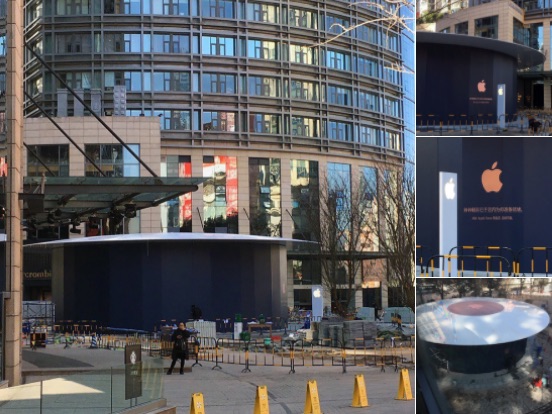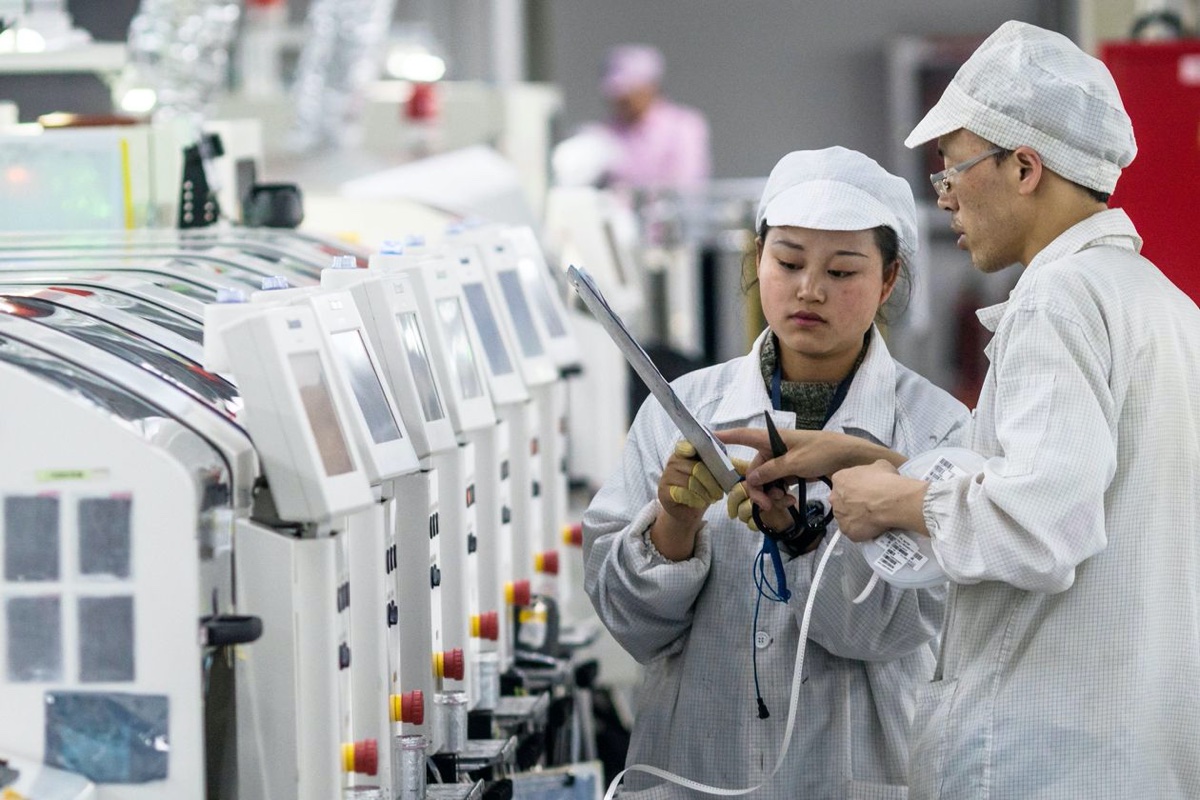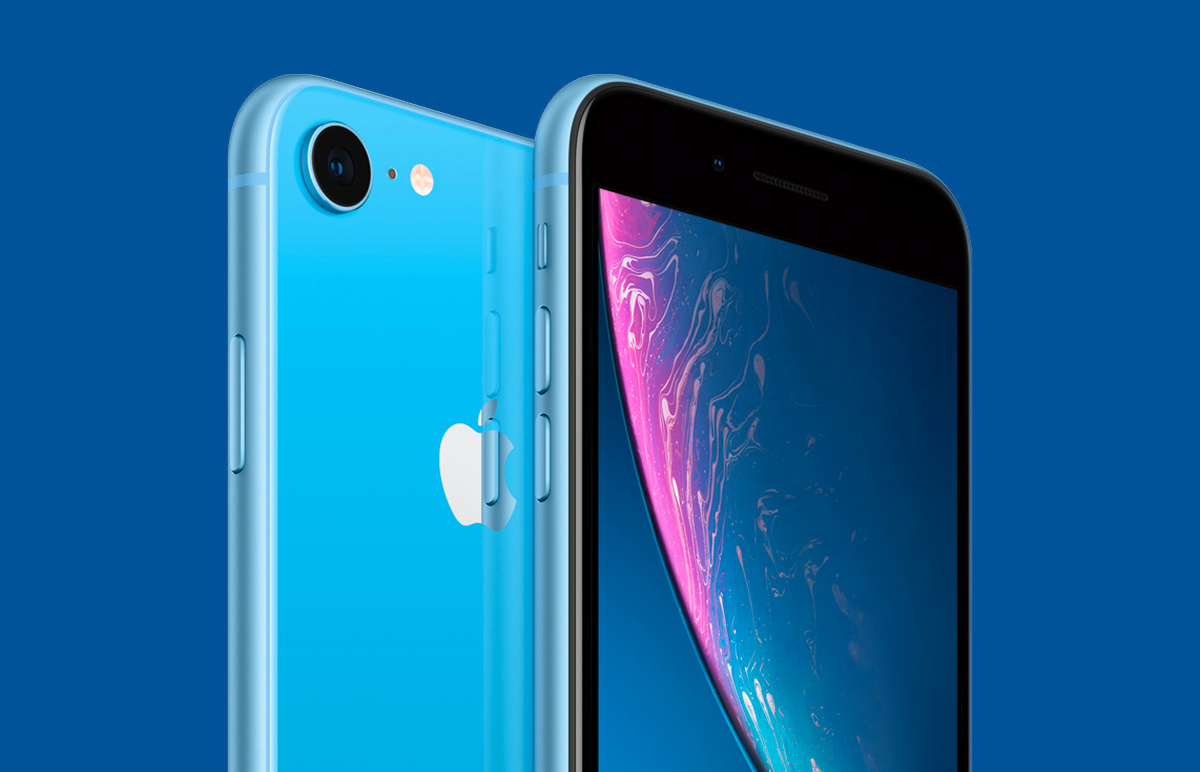COVID-19 Coronavirus: Impact on Apple's iPhone, Mac and WWDCThe COVID-19 coronavirus outbreak has been spreading around the world since January, and so far, it has had a major impact on Apple's device production and device sales in affected countries like China.

As the virus continues to move through the United States and other countries, it could lead to production and supply problems for several months, and it could cause events like WWDC to be canceled. This guide covers everything that we know about COVID-19's impact on Apple.
<h2>Coronavirus Explained</h2>
SARS-CoV-2 is a virus in the coronavirus family that surfaced in Wuhan, China in December of 2019, and the illness that it causes is COVID-19. It is believed that the virus originated at a seafood market where exotic animal meats were sold, though Chinese scientists
have suggested that it may have originated elsewhere and then spread in the market.
Genetically, SARS-CoV-2 has been found to have a similarity to
coronaviruses in bats, which is the animal it may have originated from, though researchers believe a secondary animal such as a
pangolin was involved in the transmission.

SARS-CoV-2 is known as a coronavirus because of its shape, which is circular with protruding
club-shaped spike peplomars that
look similar to the corona aura that surrounds the sun and other stars.
Coronaviruses
cause respiratory tract infections, and while many coronaviruses in humans cause mild problems similar to a cold, rarer versions are more dangerous. Other examples of coronaviruses that have raised alarms in the past include SARS and MERS, both of which
were deadlier than SARS-CoV-2, but not as widespread. Symptoms include fever, a dry cough, and shortness of breath.
Regardless of where SARS-CoV-2 came from, the virus
has infected over 95,000 people and killed more than 3,000, primarily in China. It has spread to over 50 locations around the world, including the United States, and in the U.S. specifically, there have been cases of
community transmission, where medical professionals are unsure of how the virus was contracted.
Many younger people who contract COVID-19
have recovered, but because this is a new virus, there are still many unknowns, and older people who are more prone to respiratory issues have not
fared as well. There are also unknowns about the extent of the transmissibility of the virus, which has led to events worldwide being canceled as it spreads.
For those who want more information on the COVID-19 outbreak, the
CDC's website is a good source.
<h2>Coronavirus Impact on Apple's Device Sales</h2>
When news of COVID-19 spread in late January and infection numbers began to rise, Apple
shut down all retail stores, corporate offices, and contact centers in China for two or more weeks.

Many of the stores
started reopening in late February, but there are still some store locations that remained closed into March, while other stores that reopened in February are operating on reduced hours.
Closing stores, operating on reduced hours, government-imposed travel bans and quarantines, and the public's fear over contracting coronavirus in public spaces have led to less foot traffic in stores in China, which has significantly
impacted Apple's sales in the country.
<h2>Coronavirus Impact on Apple's Device Production</h2>
Many of Apple's suppliers in China were forced to
shut down production for several weeks in early February, with the factory closures coming right after the Lunar New Year holiday. Main
iPhone suppliers that include Foxconn and Pegatron were closed
for quite some time because an outbreak of COVID-19 at a supplier campus where workers live in close quarters would be devastating.

Apple's factories were up and running by mid to late February for the most part, but travel restrictions from heavily impacted areas in China, mandatory quarantines, and low labor return rates
led to delays with factories ramping up to full production. Outbreaks in new countries like South Korea have also
led to factory closures.
Supplier issues have already led to some Apple products having long ship times, such as
build-to-order versions of the
iMac,
iMac Pro,
Mac Pro, and
MacBook Pro, and this could be more of a problem in coming months as existing component supplies dwindle.
Analysts have lowered their estimated device shipments for the
first half of 2020 due to the coronavirus, and the overall impact of the coronavirus throughout the rest of 2020 remains to be seen.
Rumors suggest that Apple plans to move forward with the launch of the
rumored low-cost iPhone that's expected in March, but it's possible there could be some supply issues. Also at risk is the 2020 ‌iPhone‌ lineup, which Apple begins working on much earlier in the year.

Apple has implemented travel restrictions for its employees, and employees have not been able
to travel to China to begin the preparation process that takes place ahead of when new iPhones are manufactured. In February, Apple employees typically travel to China to perfect their manufacturing processes with partners like Foxconn, and delays have the potential to eat into the time that Apple needs to finalize orders for chips and other ‌iPhone‌ components.
It is not yet known if and how these issues will cause production problems with Apple's 2020 iPhones, but so far, rumors suggest Apple is still on track to launch the new iPhones in fall 2020.
Device production on current and upcoming devices will
continue to be impacted well into April, and reliable Apple analyst
Ming-Chi Kuo does not believe that ‌iPhone‌ production will
significantly improve until the second quarter of 2020.
<h2>Apple's Response to Coronavirus</h2>
Apple in January
announced plans to donate to money to groups dedicated to fighting the COVID-19 outbreak in China, and later, Apple CEO
Tim Cook said it would
more than double the company's donation.
As mentioned before, Apple temporarily closed all corporate offices and retail stores in China in response to the virus. Corporate offices are now reopened, and stores are in the process of reopening.
According to Apple CEO ‌Tim Cook‌, Apple's chief concern is the health and safety of its employees, supply chain partners, customers, and communities in which it operates, with Apple
prioritizing people over revenue.
<h2>March Revenue Cuts</h2>
Apple in mid-February announced that its financial guidance for the March quarter
would fall short due to the COVID-19 outbreak. During the January earnings call, Apple said it
expected to see revenue of $63 to $67 billion in the March quarter, but that is no longer a goal the company will be able to meet.
Apple cited lower customer demand in China and constrained ‌iPhone‌ supplies worldwide as the factors leading to lower than expected revenue. We won't know the full extent of the coronavirus's impact on sales until Apple's next earnings call, expected to take place in April.
<h2>Apple Stock</h2>
Apple's stock has been fluctuating wildly due to uncertainty caused by the spread of COVID-19. On February 16, Apple's stock hit an all-time high closing price of $327.20, but by February 28, it had dropped
as low as the $260s. As of March 2, it was back up to $298 a share.
Stock prices may continue to ping pong back and forth as analysts and shareholders attempt to determine the long-term impact of the coronavirus.
<h2>Coronavirus and WWDC</h2>
With COVID-19 now spreading across the world, many companies have been canceling or postponing major events that would see people gathering in large numbers.
Mobile World Congress, a major smartphone trade show that takes place in February, was the
first to be canceled. The
Game Developers Conference, a major gaming event set to take place in San Francisco in March, has been canceled, Google's
I/O event has been nixed, and Facebook also recently canceled F8, its annual developers conference that would have happened in May.
The cancellation of F8 is of particular interest because it is an event that's very similar to WWDC. F8 attracts around 5,000 people and it was set to be held at the McEnery Convention Center in San Jose, California, which is also where Apple now hosts WWDC.
F8 was set to take place on May 5 and 6, which is just about a month ahead of when Apple is expected to hold WWDC this year. Apple has not provided firm dates for WWDC in 2020, but based on past year's events, we are expecting Apple to hold it from June 8 to June 12.
Given that Facebook has canceled F8, Apple could be considering a similar move, but at this time, there is no word on whether the event might be postponed or canceled. If WWDC does end up being canceled, Apple may opt to share all of its developer information online while holding a small keynote just for media to announce new software and products.
Similarly, there's also no word on how the coronavirus will affect Apple's plans for a March event, if there are indeed plans for an event in late March.
In Cupertino, California, which is where Apple's campuses are located, there have been reports of multiple coronavirus infections without a known source. These cases are believed to be community transmission cases as the people in question have not traveled to a country with a known outbreak nor have they had contact with people who had an infection from travel.
How COVID-19 spreads in the Bay Area will dictate what Apple decides to do in the coming weeks.
<h2>Guide Feedback</h2>
Have questions about COVID-19's impact on Apple, know of something we left out, or want to offer feedback on this guide?
Send us an email here.
This article, "
COVID-19 Coronavirus: Impact on Apple's iPhone, Mac and WWDC" first appeared on
MacRumors.comDiscuss this article in our forums
<div class="feedflare">
<img src="[url]http://feeds.feedburner.com/~ff/MacRumors-Front?d=yIl2AUoC8zA" border="0"></img>[/url]
<img src="[url]http://feeds.feedburner.com/~ff/MacRumors-Front?d=6W8y8wAjSf4" border="0"></img>[/url]
<img src="[url]http://feeds.feedburner.com/~ff/MacRumors-Front?d=qj6IDK7rITs" border="0"></img>[/url]
</div><img src="
http://feeds.feedburner.com/~r/MacRumors-Front/~4/WJtviIMYMts" height="1" width="1" alt=""/>
Source:
COVID-19 Coronavirus: Impact on Apple's iPhone, Mac and WWDC